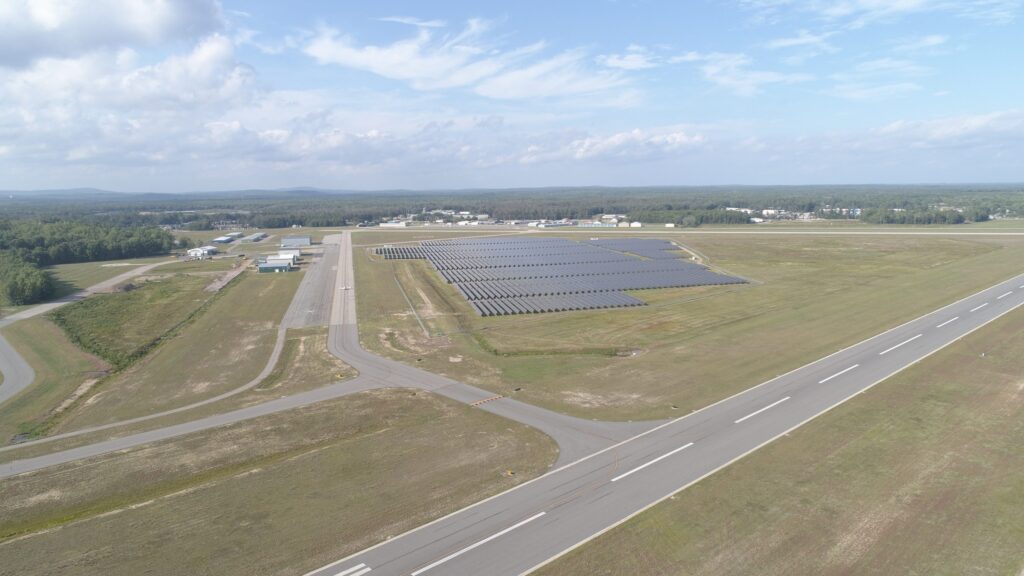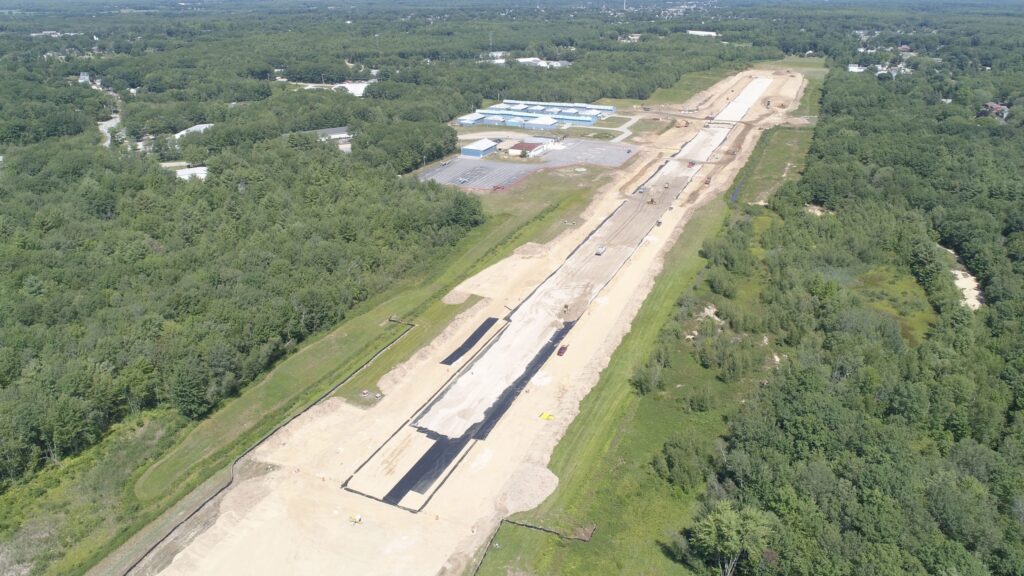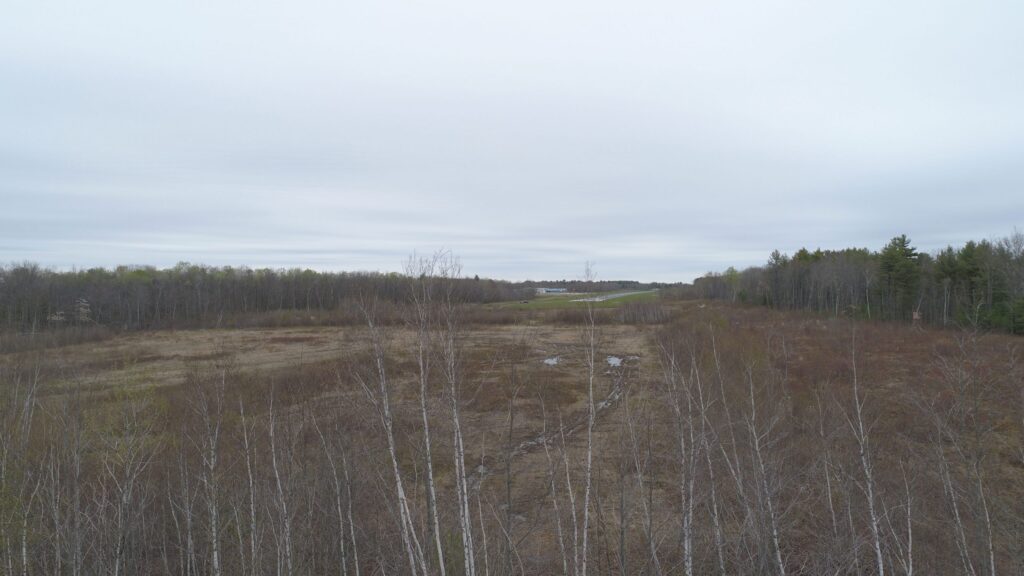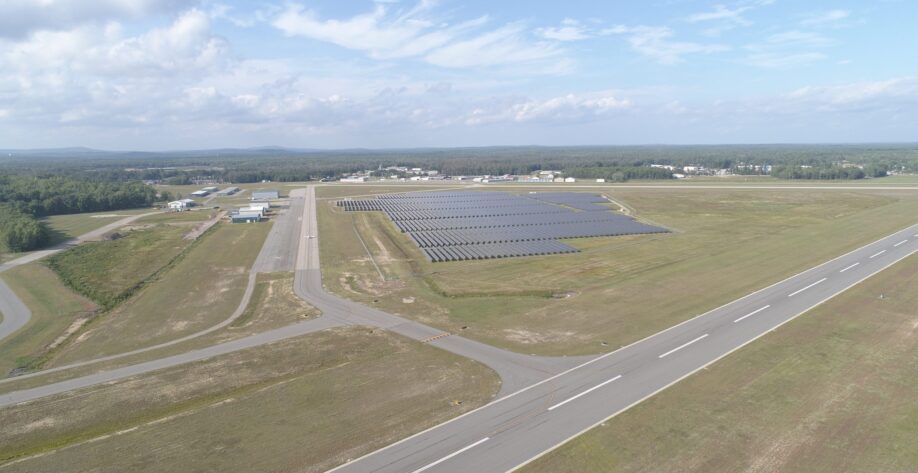
In recent years, drones have become commonplace in many industries as a valuable multi-faceted tool to increase efficiency and add new capabilities. Engineering and planning for airports create a unique environment for drones. The following are a few examples of the many uses for drones in airport construction projects:
Construction Monitoring
During construction progress monitoring, drones provide a unique perspective of a job site. This is particularly beneficial because airport construction projects generally cover very large areas, often in excess of a mile. Because a site of that magnitude cannot be photographed in its entirety from the ground, drones provide the ability to visualize the overall progress of a project, rather than attempting to make sense of smaller ground-level perspectives.

Pavement Evaluation
Airports often take on pavement maintenance projects such as crack sealing. The vast expanses of pavement on an airport make evaluation of pavement cracking challenging and time-consuming. The ability to fly a drone at low altitudes, taking photos in a grid pattern, and stitching the photos together can create a high-resolution orthographic photo of the entire airport. This in turn can be used for rapid evaluation on a computer rather than extended periods of time taking field measurements.
Obstruction Analysis
One of the many safety hazards at airports is obstructions to runway approaches. In most cases the obstructions come in the form of vegetation/trees. To plan a project to clear the obstructions, surveys must be performed, and drones can aid in this process. Some of the most modern drones can fly the entire survey and create a map of all obstructions. Simpler projects may only require identification of individual obstructions, where a drone can fly to a height that provides the user with latitude and longitude of the location, including the height of the obstruction.

Tagged In:
Airport Engineering & Planning
